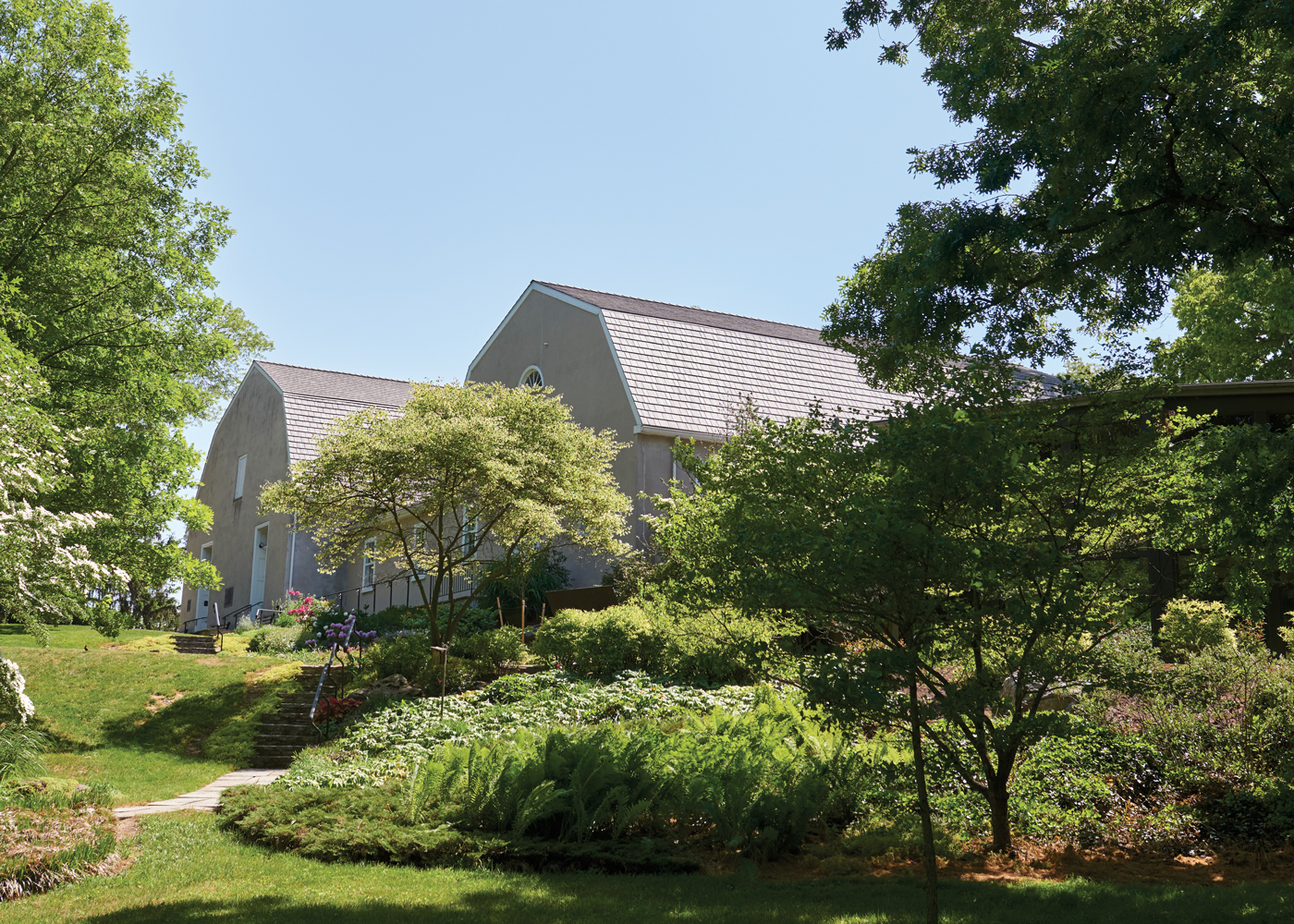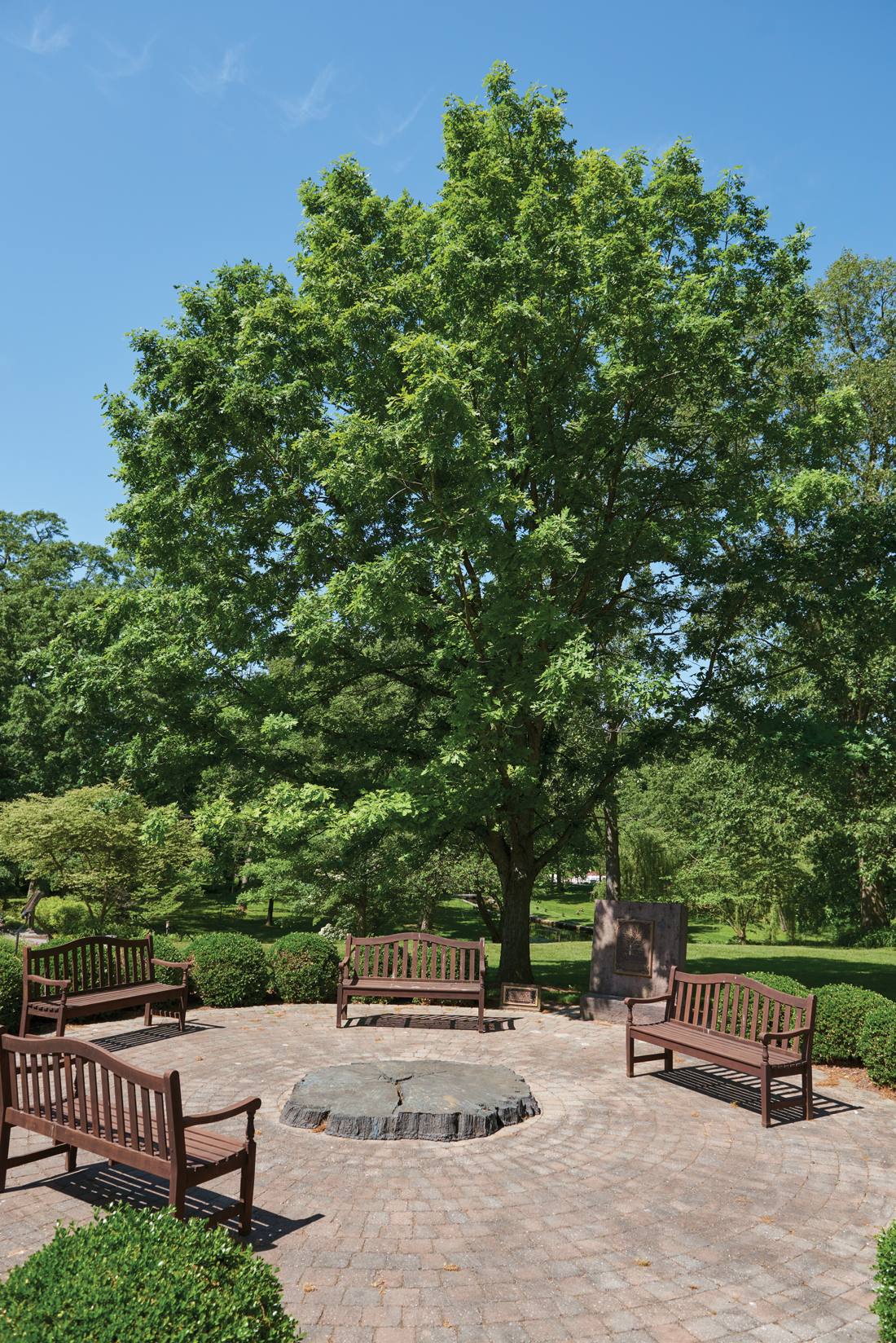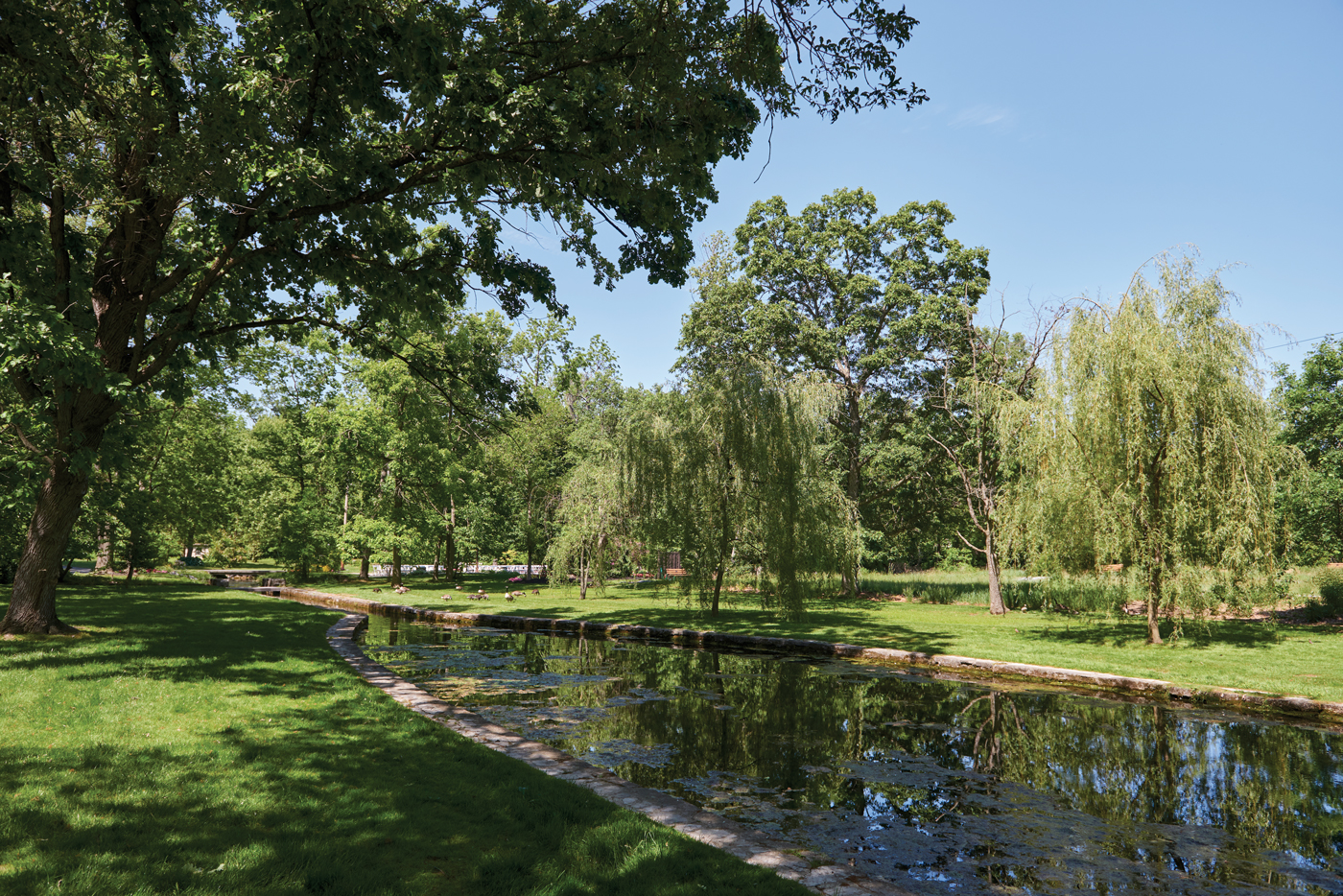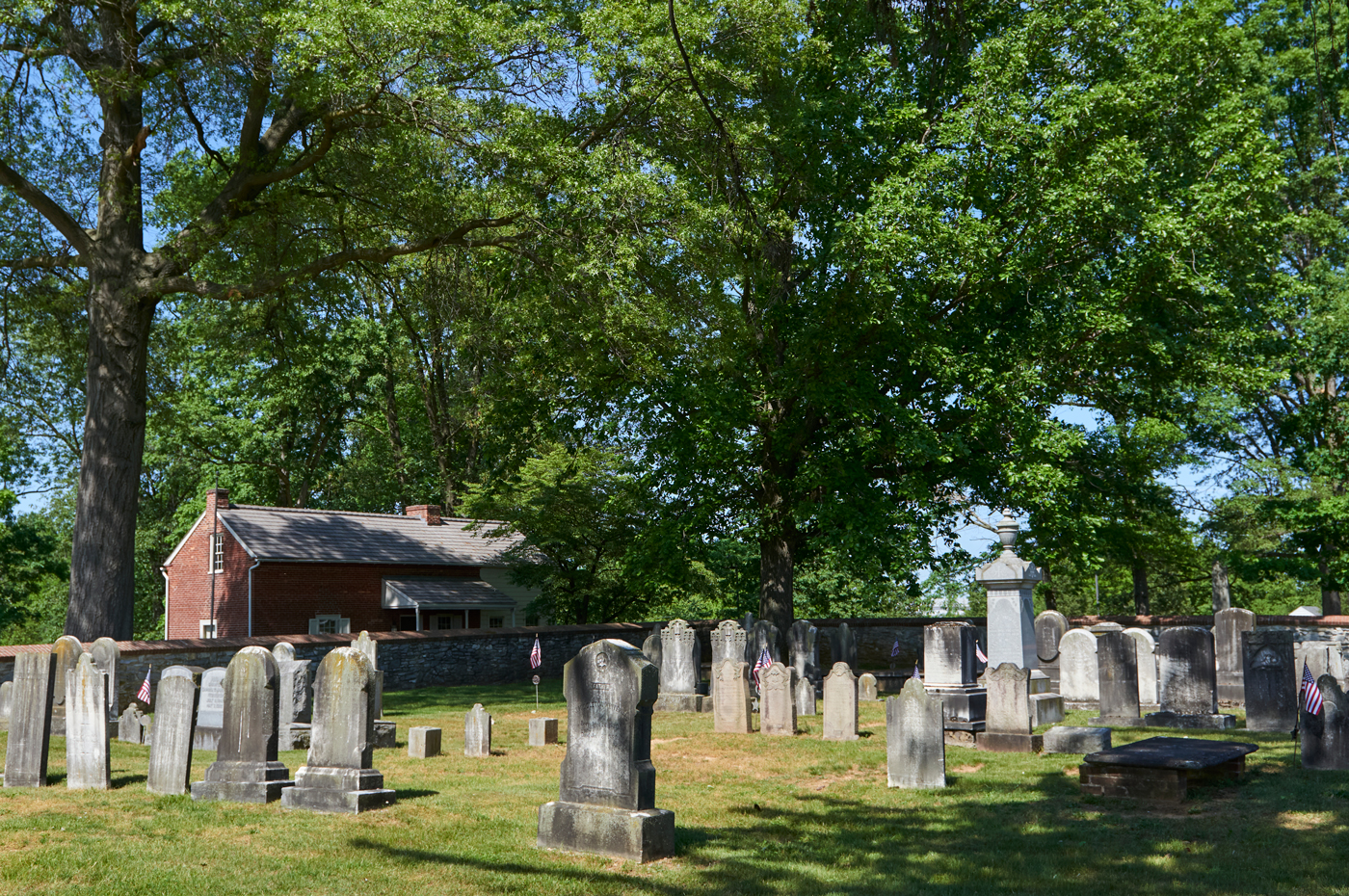Drive out Donegal Springs Road and you will encounter a place steeped in history and surrounded by beauty.

Donegal Presbyterian Church officially dates to 1721 (it’s probably older). The original log structure was replaced by the building on the left in 1730. The matching building was constructed in 1955. Yet another addition was built into the hillside in 2007.
I’m speaking of Donegal Presbyterian Church, which observed its 300th anniversary in 2021 but postposed the celebration until 2022 due to Covid.
The church – originally built of logs – traces its beginning to 1721, as that’s the year in which Andrew Galbraith petitioned the New Castle Presbytery (Delaware) to provide the Donegal congregation with a pastor. (The church may date back to as early as 1714.) The petition was granted and the Presbytery of Donegal was organized in 1732. It’s believed the church’s location was chosen because of the natural springs that dot the area, as well as for the oak grove that defined it. The Celts, from whom the Scots-Irish were descended, believed that oak trees signified places of holiness.
The present-day church was built in 1730 and remodeled in 1851. In 1955, an addition was added to serve as an educational center. The complex was expanded in 2007; the design by Tippets/Weaver Architects created a sanctuary that blends with nature – thanks to walls of windows – and provides stunning views of the grounds, gardens and spring.

A plaza is dedicated to the story of the witness tree around which male parishioners pledged their allegiance to the cause of the American Revolution in 1777 and then set off to aid General George Washington in Chadds Ford. The tree succumbed to disease and was removed in 1991. A tree grown from an acorn taken from the original grows on the edge of the plaza.
The church is also well-known for its connection to the American Revolution. In 1777, during a Sunday service, those in attendance learned the British were approaching Pennsylvania, thanks to a rider who sought out Colonel Alexander Lowry, who was present at the church. The rider instructed Lowry to organize men, as their help was needed by General George Washington, who with his troops had retreated to Chadds Ford.

The church grounds are stunning and feature gardens, towering trees, a natural spring and a cemetery.
The congregants gathered around an oak tree on church grounds where the men pledged their allegiance to the cause. The men from Donegal would ultimately fight at the Battle of the Brandywine (September 11, 1777).
The tree, which became known as “the witness tree,” stood tall until disease claimed it in the early 1990s. It was removed on June 3, 1991. Fortunately, a church member, Mary Karnes, was able to grow a replacement tree from an acorn taken from the original. The tree grows on the edge of the plaza that recounts the events of that day in 1777. The preserved stump of the original tree has a place of honor in the middle of the plaza.
Read More About Mount Joy

Leave a Reply